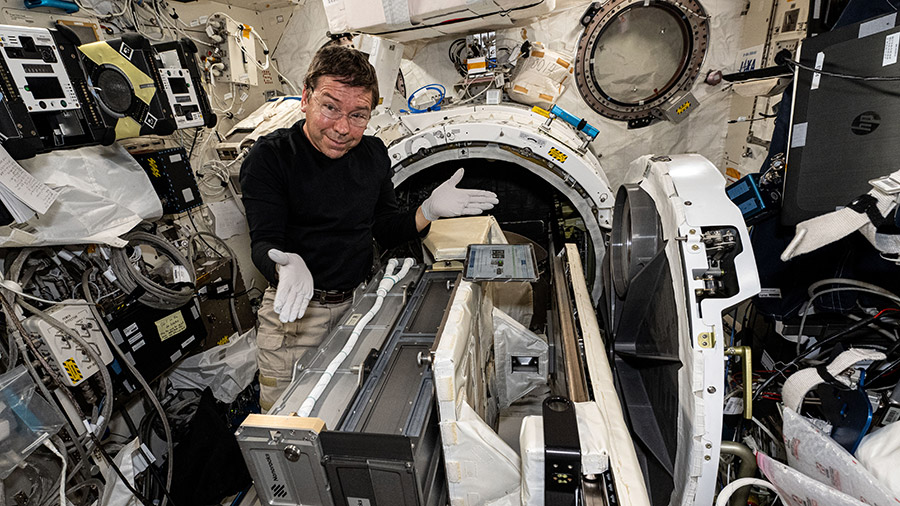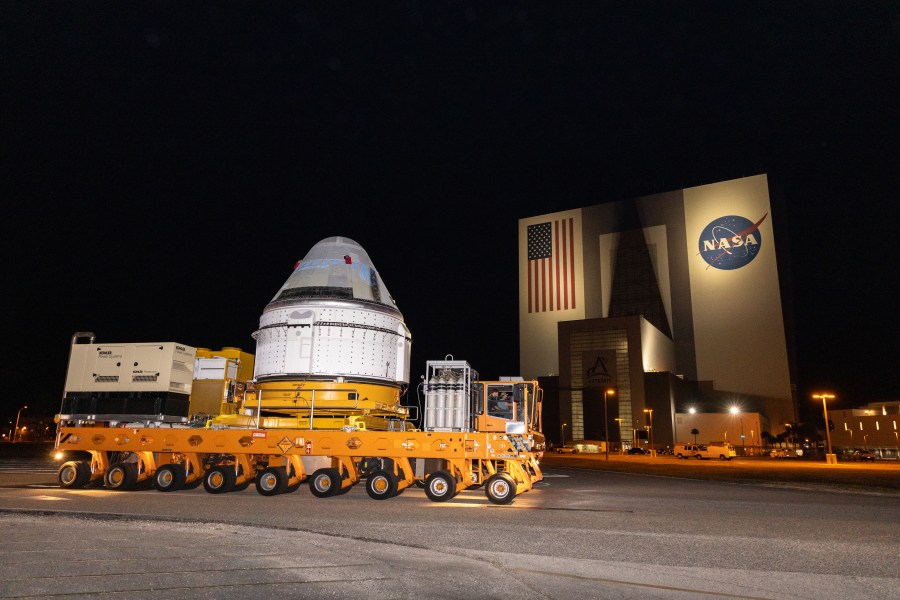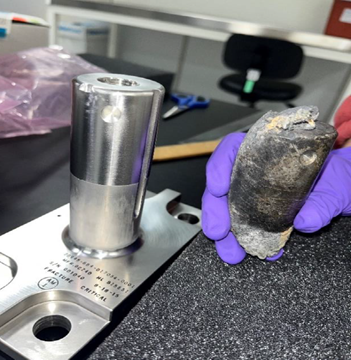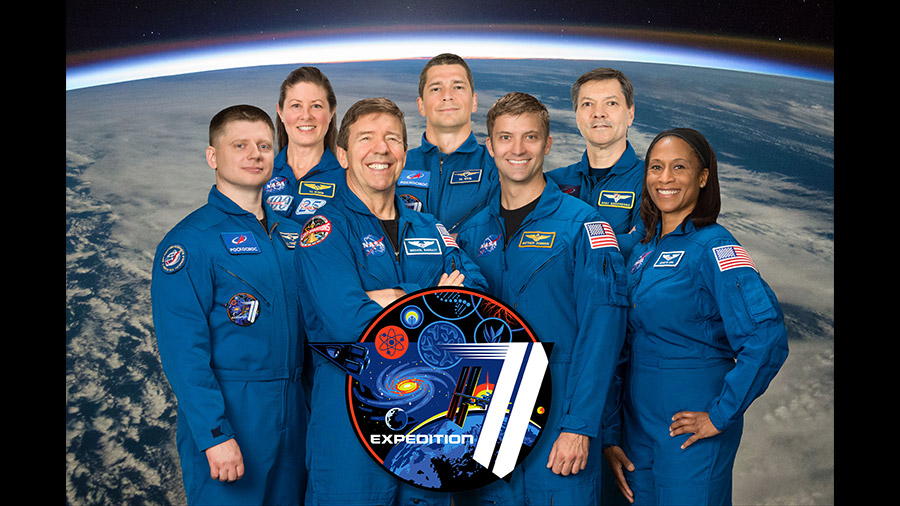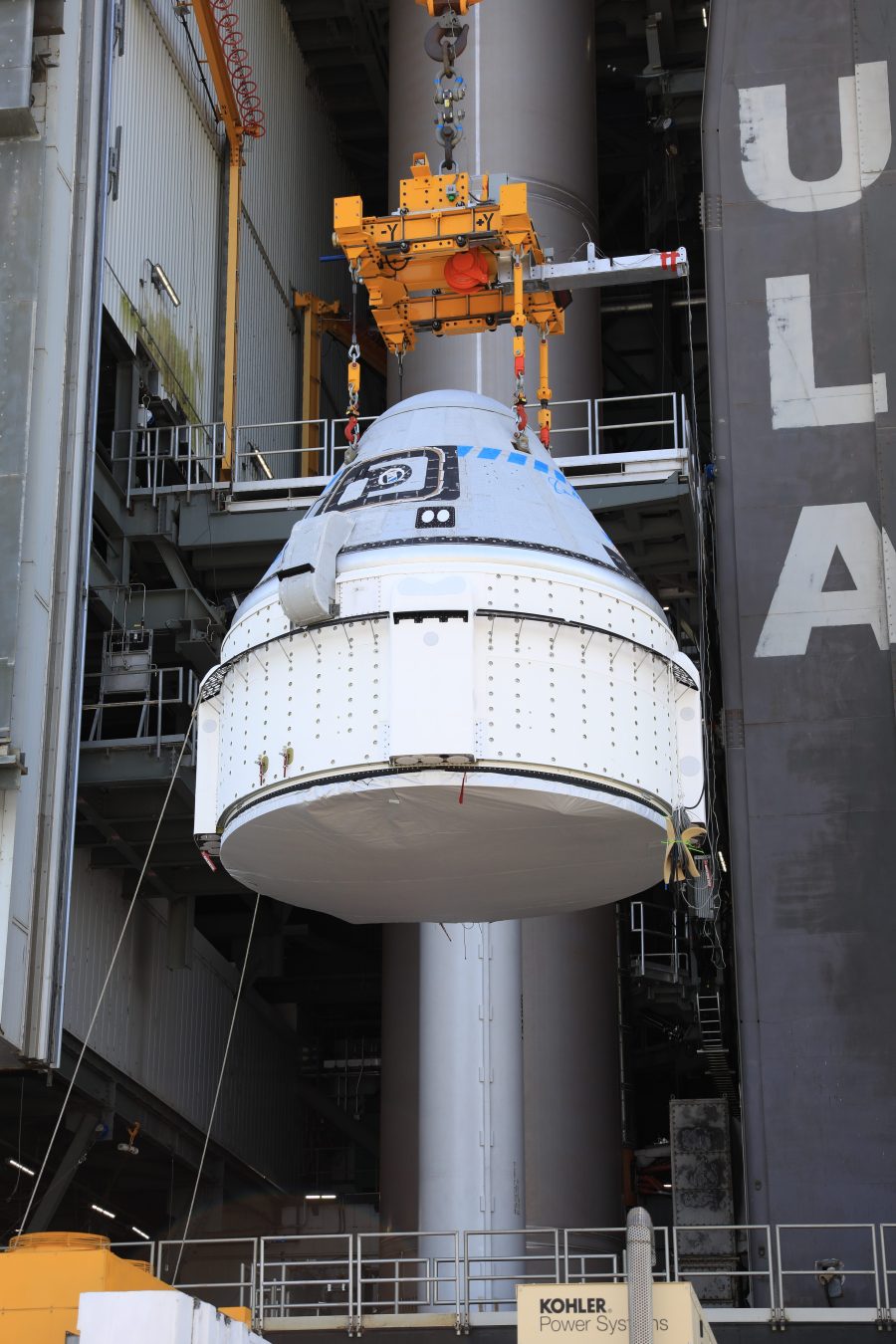Payloads: ADvanced Space Experiment Processor In-Space Production Application – Pharmaceutical In-space Laboratory – 02(ADSEP PIL 02): The sample cassette (S/N 26275) was removed and a new cassette (S/N 26293) was installed. More information on this experiment (ADSEP-PIL-02)can be found here. Integrated System for Autonomous and Adaptive Caretaking (ISAAC): The crew setup the Astrobee flyers and …

























